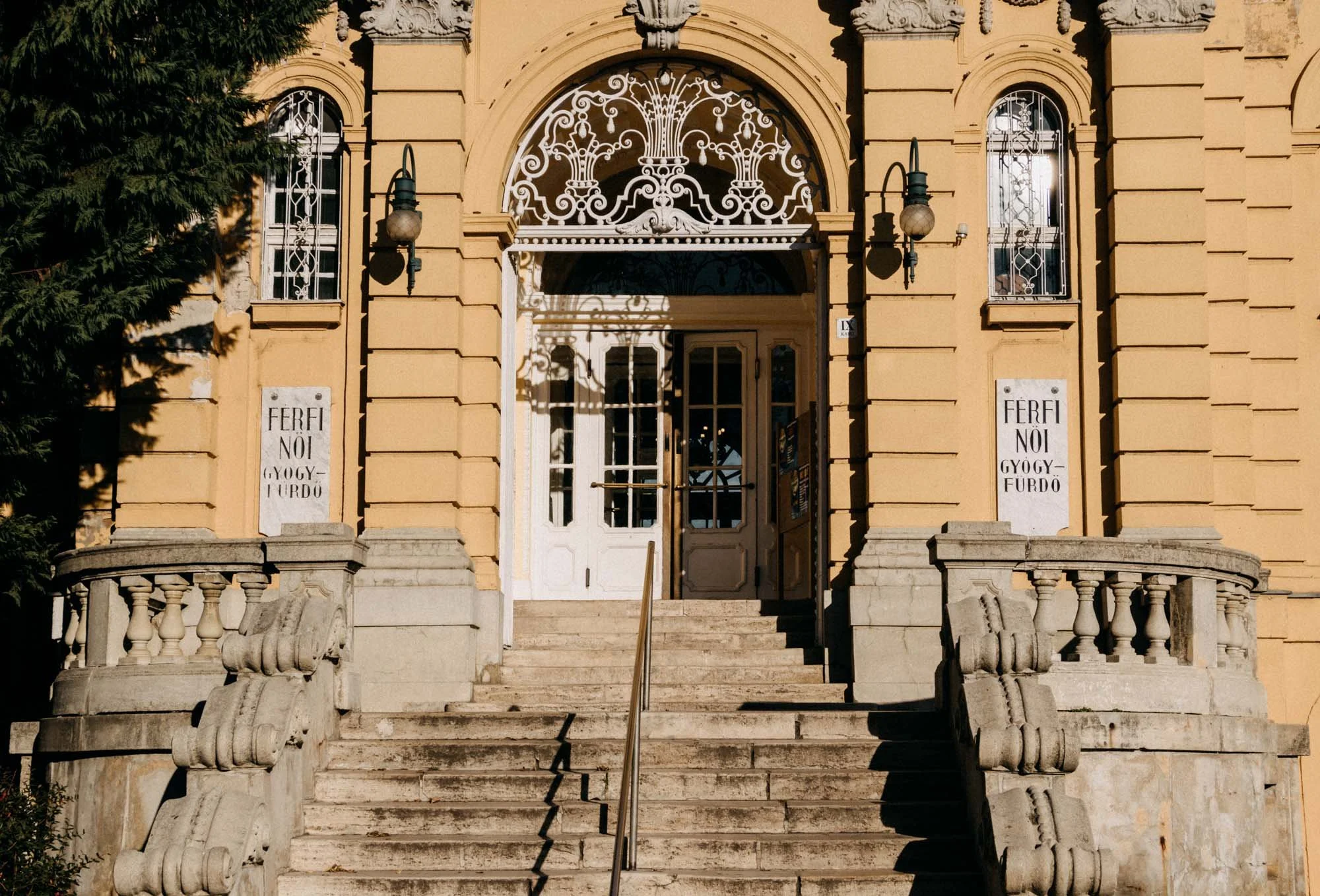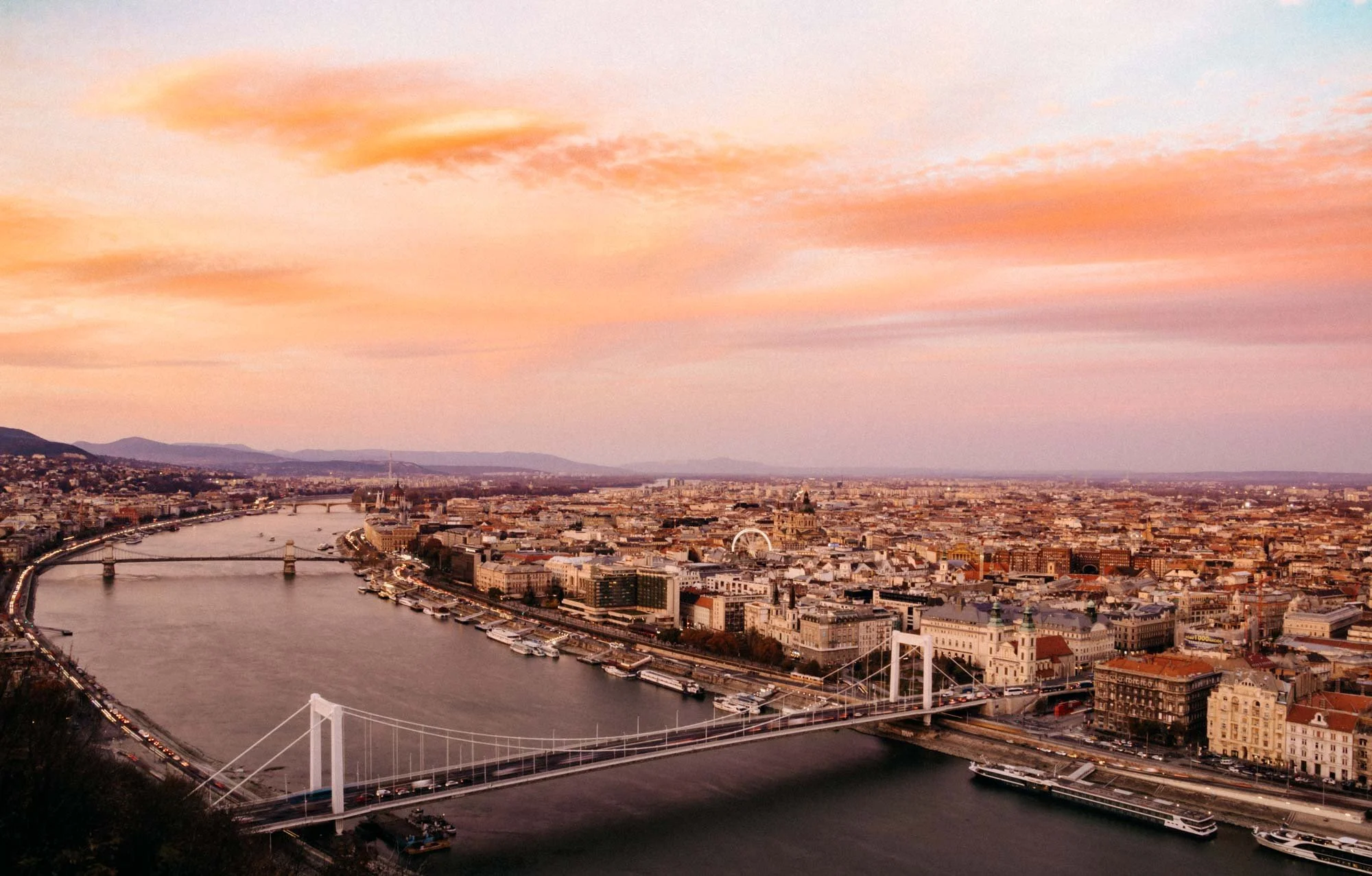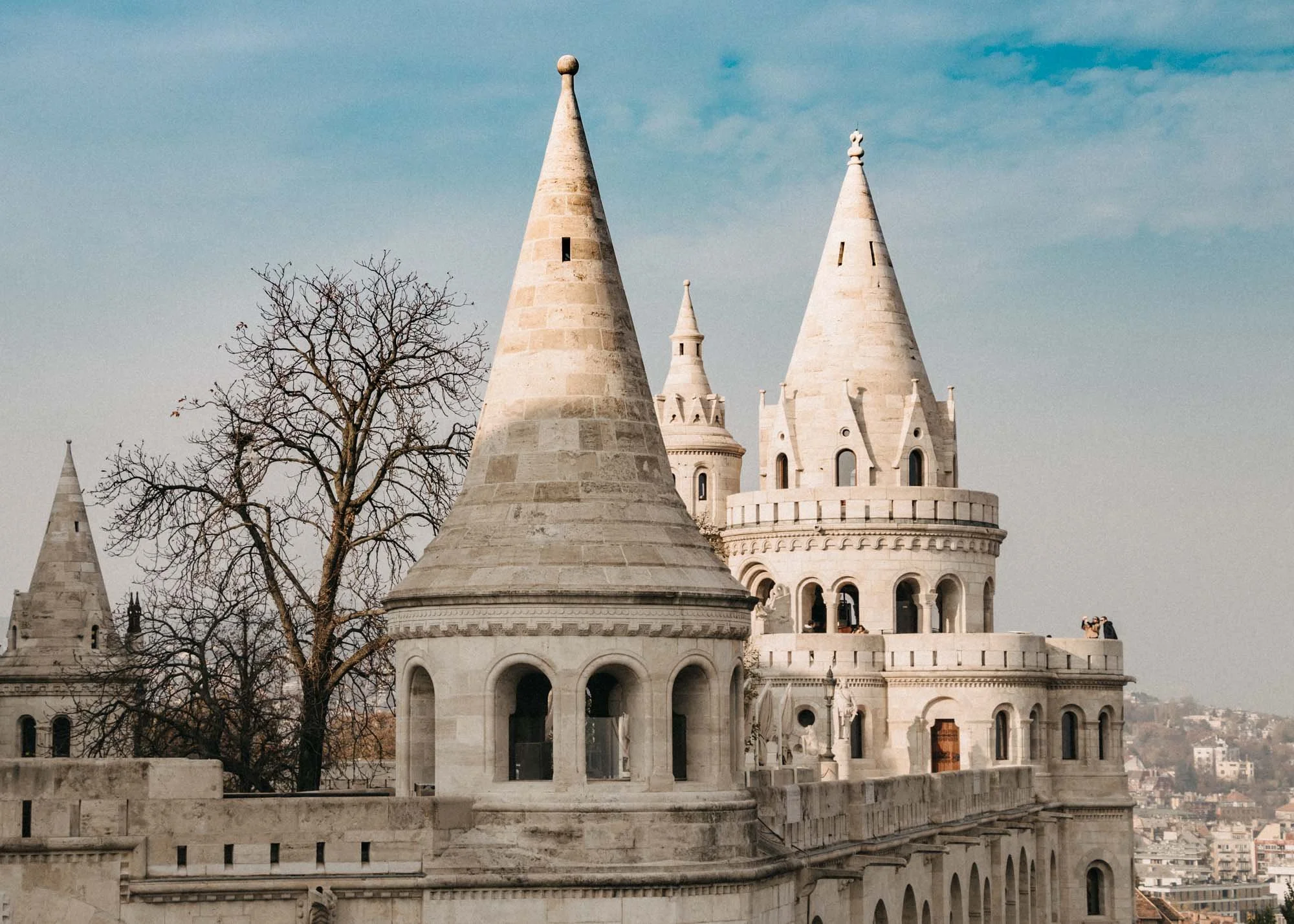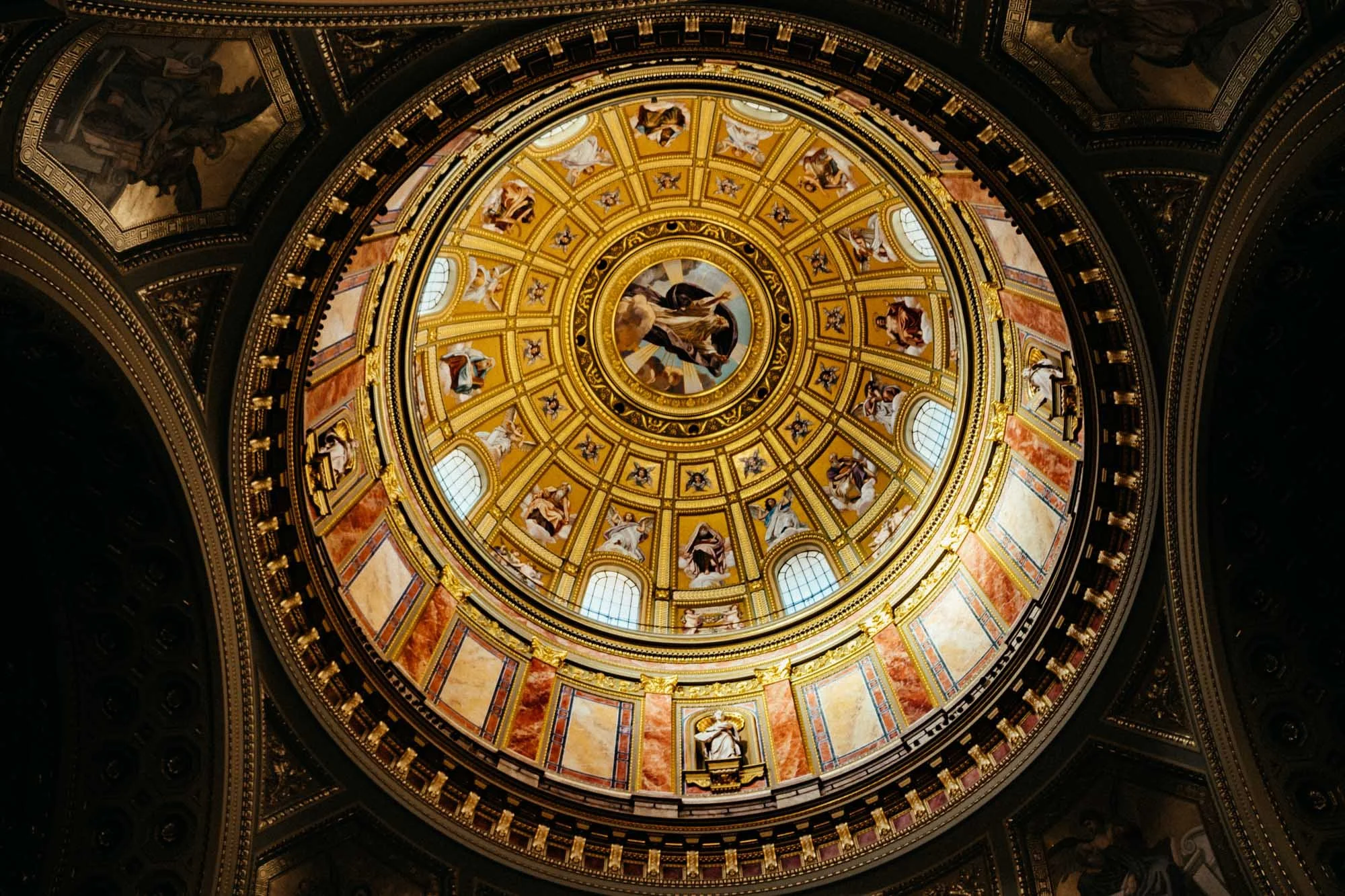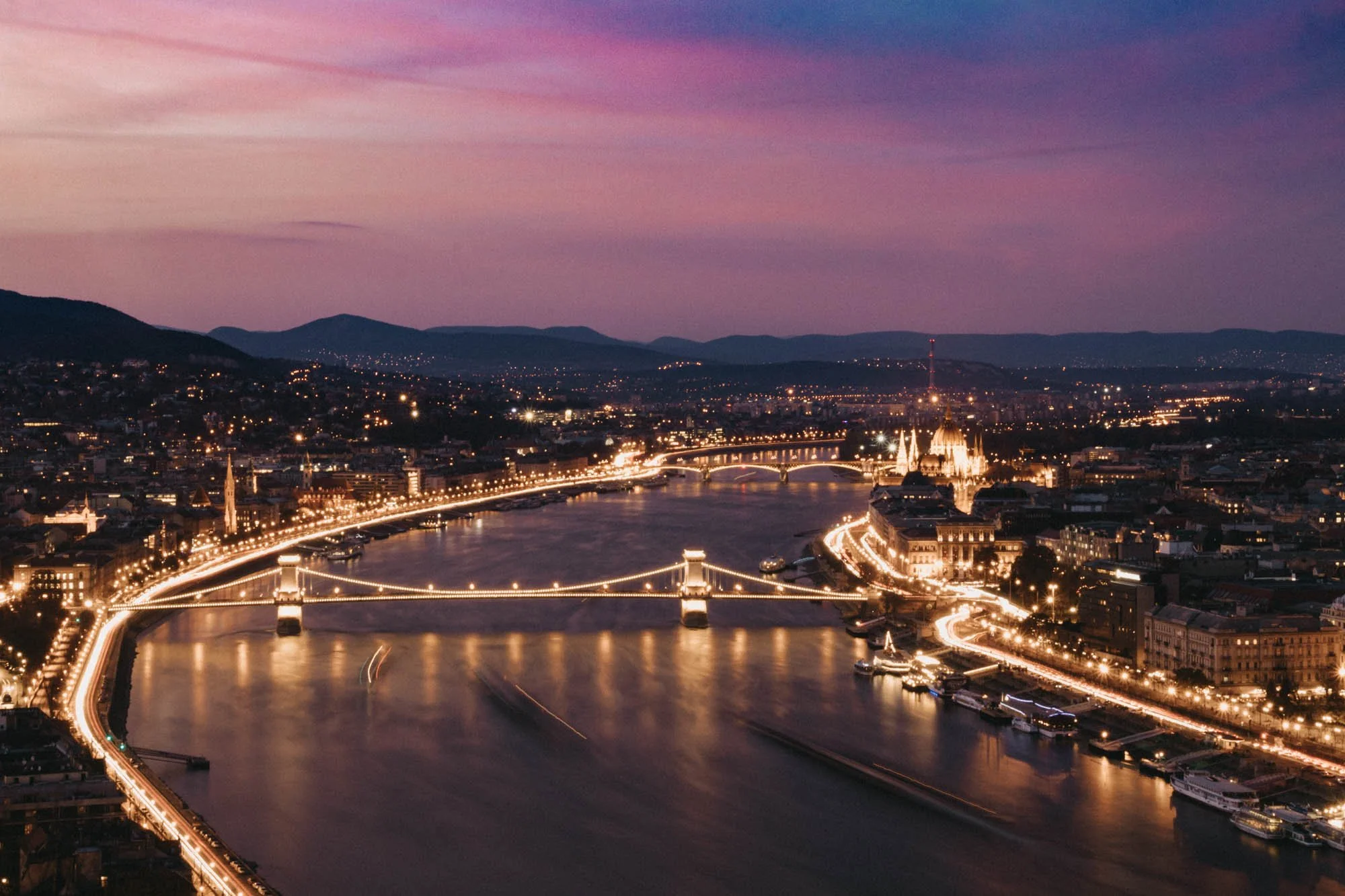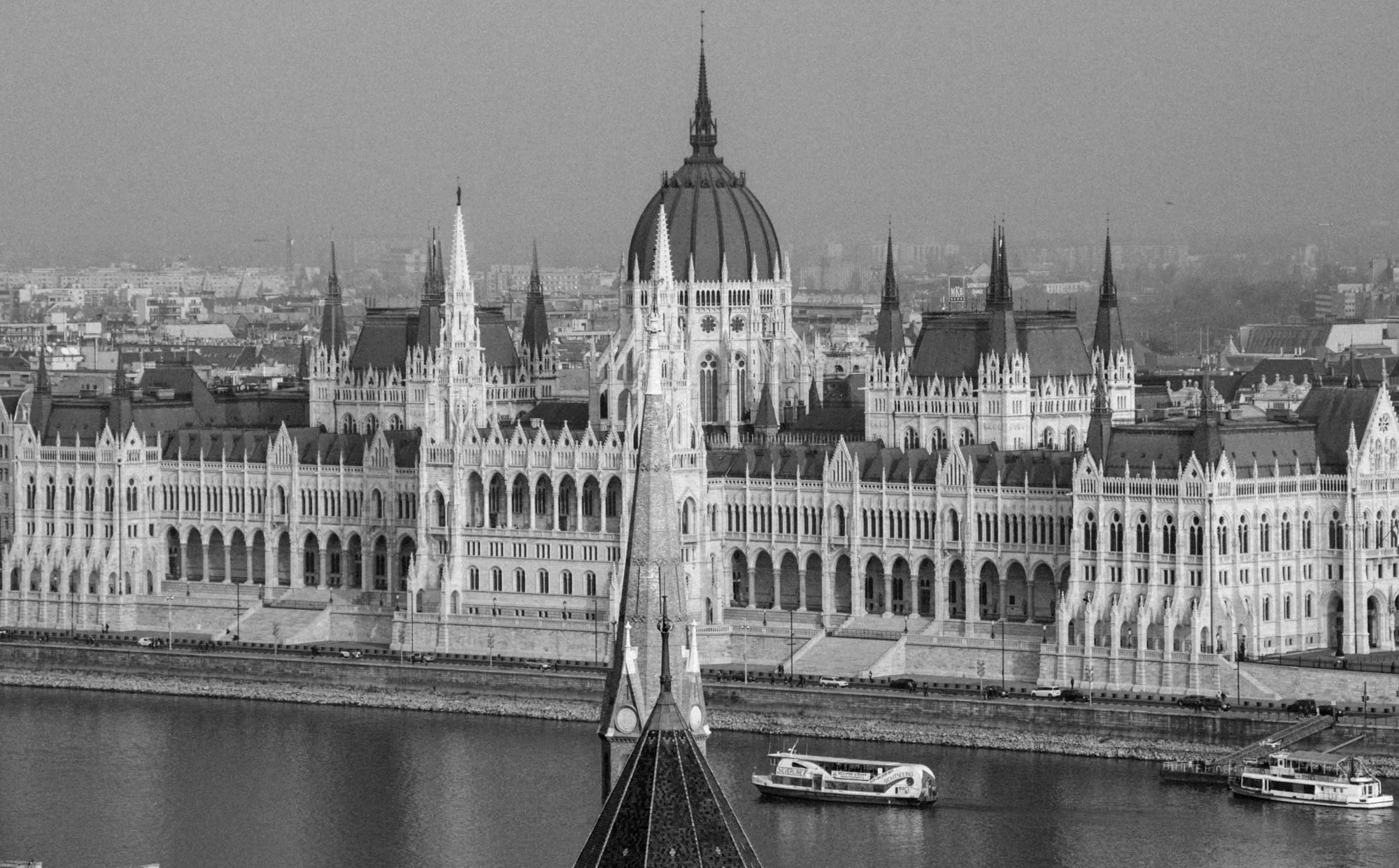Best Things To Do and See In Budapest
Budapest is divided by the Danube River with several impressive bridges connected Buda (hilly side) with Pest (flat side).
Number 2 Tram
Views from Citadella on Gellért Hill
Fisherman’s Bastion & Matthias Church
Thermal Baths
St Stephen’s Basilica
Great Market Hall
Ruin Bars
Sightseeing Cruise
Hungarian Parliament
Heroes Square
House of Terror
Hungarian State Opera
Cave Church
Number 2 Tram
The best way to travel along the Pest side of the river is on the number 2 tram. This ride is very scenic with views of Castle Hill / Gellért Hill, and you will directly pass Parliament, Chain bridge and Central Market Hall.
Views from Citadella on Gellért Hill
The best panoramic views of Budapest are from the top of Gellért Hill and I highly recommend walking here for sunset. At the top of the hill is the Citadella fortification and Liberty Statue.
Fisherman’s Bastion & Matthias Church
Fisherman’s Bastion surrounds Matthias Church on Castle Hill. The surrounding wall consists of seven towers. There are spectacular views from the terrace and towers. Matthias Church is one of the most impressive churches in Budapest with its large medieval tower. All the buildings in this area are distinctly white except for the unique coloured tile roof of Matthias Church.
Thermal Baths
There are many thermal baths. Széchenyi Thermal Bath is the biggest and most popular. It is one of the largest public baths in Europe. They have a variety of indoor and outdoor pools and saunas at different temperatures. You can even play chess while bathing.
When: 6 am to 10 pm
Price: 5800-6000 HUF
Some of the other popular thermal baths include Gellért, Lukács, Király, Rudas and Veli bej.
St Stephen’s Basilica
St Stephen’s Basilica is the largest church in Budapest. It is the home of Hungary’s most sacred treasures, St Stephen’s right hand (first king of Hungary) and most successful Hungarian football player. After climbing up many stairs to reach the top of the dome there are rewarding views of the central city and basilica bells.
Great Market Hall
This restored hall has a variety of grocery produce on the ground floor, souvenirs and restaurants on the first floor. It is the largest and oldest indoor market in Budapest.
Ruin Bars
Early 2000’s people bought abandoned buildings, empty parking lots and historic buildings in the Jewish District that were ravaged by the Holocaust and World War II. They were turned into bars and filled with scavenged furniture, local artist works and fairy lights.
The most popular ruin bar is Szimpla Kert and is packed to the rafters most nights. It features a plant-filled patio, art and open-air cinema.
Another notable bar is Fogas. It isn’t as run down as Szimpla Kert. From the outside, you would not expect the labyrinth of bars and it is very easy to get lost. Within Fogas there is an electronic nightclub, wine bar and garden bar.
Sightseeing Cruise
See the sights of Budapest from the Danube River. At night the city lights up and the view from the boat is magical. You will pass landmark monuments including Buda Castle and Vigado Concert Hall.
Hungarian Parliament
This gigantic building sits on the bank of the Danube River. It is the largest building in Hungaria and the tallest building in Budapest. It lights up at night making it appear golden and reflects off the river. The best views of parliament are from a river cruise, Kossuth Lajos square or Fisherman’s Bastion.
Heroes Square
In the square, there are iconic statues of the seven chieftains of the Magyars and other important Hungarian national leaders. Surrounding the square are two beautiful and important buildings, the Museum of Fine Arts and the Palace of Art.
House of Terror
The House Of Terror is a museum that has exhibits related to fascists and communists regimes in 20th century Hungary. There is a memorial to the victims of these regimes including those detained, interrogated, tortured or killed in the building. I suggest paying for an audio tour as the exhibition is in Hungarian.
Hungarian State Opera
This magnificent new Renaissance style building was completed in 1884 and similar to the Vienna Opera House. It is currently under renovation so some sections may be closed.
Cave Church
The Cave Church is part of a network of caves within Gellért Hill. The cave is also called St Ivan’s Cave as there was a hermit who lived there and is believed to have used the natural thermal water next to the cave to heal the sick.
